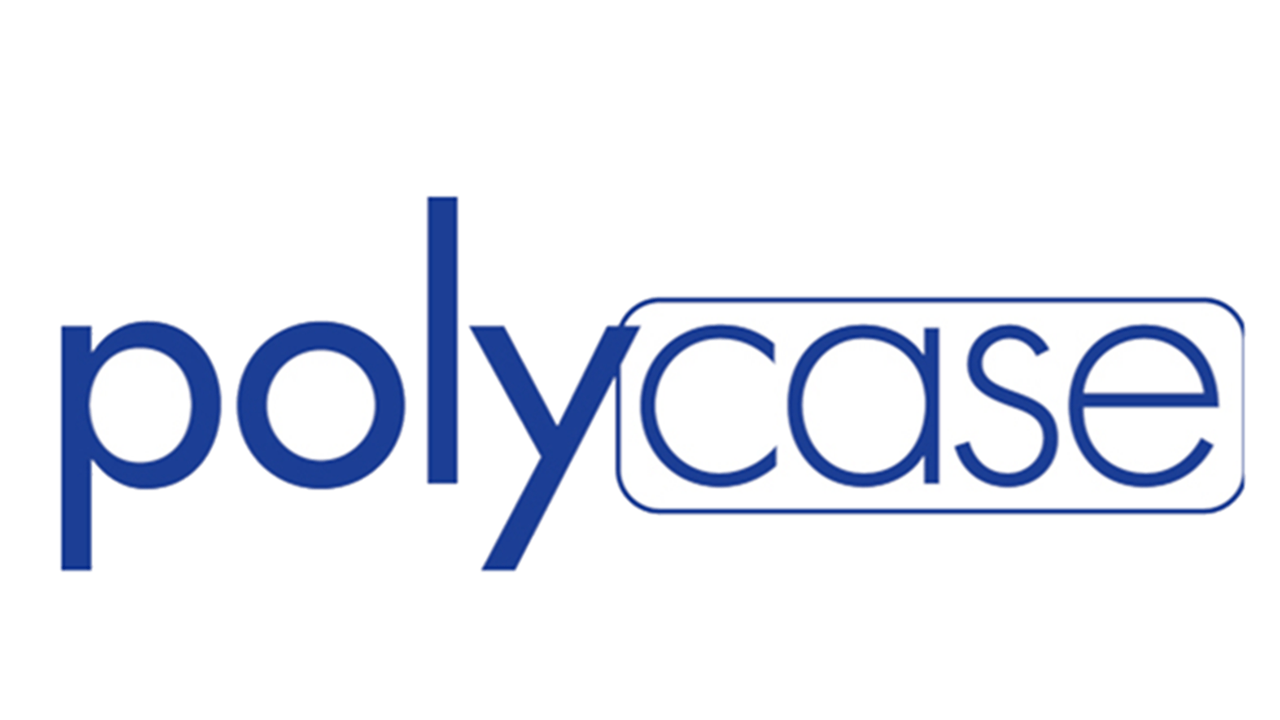- URL
Share
Customers who are new to purchasing plastic electronic enclosures often bring us this question. Partial information and misinformation within the electronic enclosure industry sometimes creates concern over the performance of plastic enclosures with knit lines. For this reason, we will take a moment in this post to define what exactly knit lines are, their causes, and their real implications.
What are knit lines? Knit lines are normal formations, which are often created during plastic injection molding along holes or seams of a mold. Often called “weld lines” or “flow lines”, knit lines typically appear as faintly visible lines on molded plastic parts.
What causes knit lines? Knit lines are formed when the molten plastic flowing into the mold cavity runs into an obstruction, such as a core pin that forms the through hole on a flange of an enclosure. The plastic in the ‘flow front’ cannot pass through the core pin, so it flows around the core pin splitting into 2 distinct flow fronts. As the flow fronts seek the path of least resistance they meet one another on the opposite side of the pin and begin to ‘knit’ together. The distinct knit line that results is because the flow fronts are marginally lower in temperature than the other areas of the enclosure. The lower temperature causes the knit line to have a marginally lower strength compared to the balance of the molded part.
Implications. Knit lines are sometimes perceived as defective fractures, particularly in cosmetic applications. This is not at all the case, as knit lines occur naturally and unavoidably during the molding process. While knit lines marginally reduce the strength of the part locally, they are common in electronic enclosures and do not affect their performance.
0 Comment
